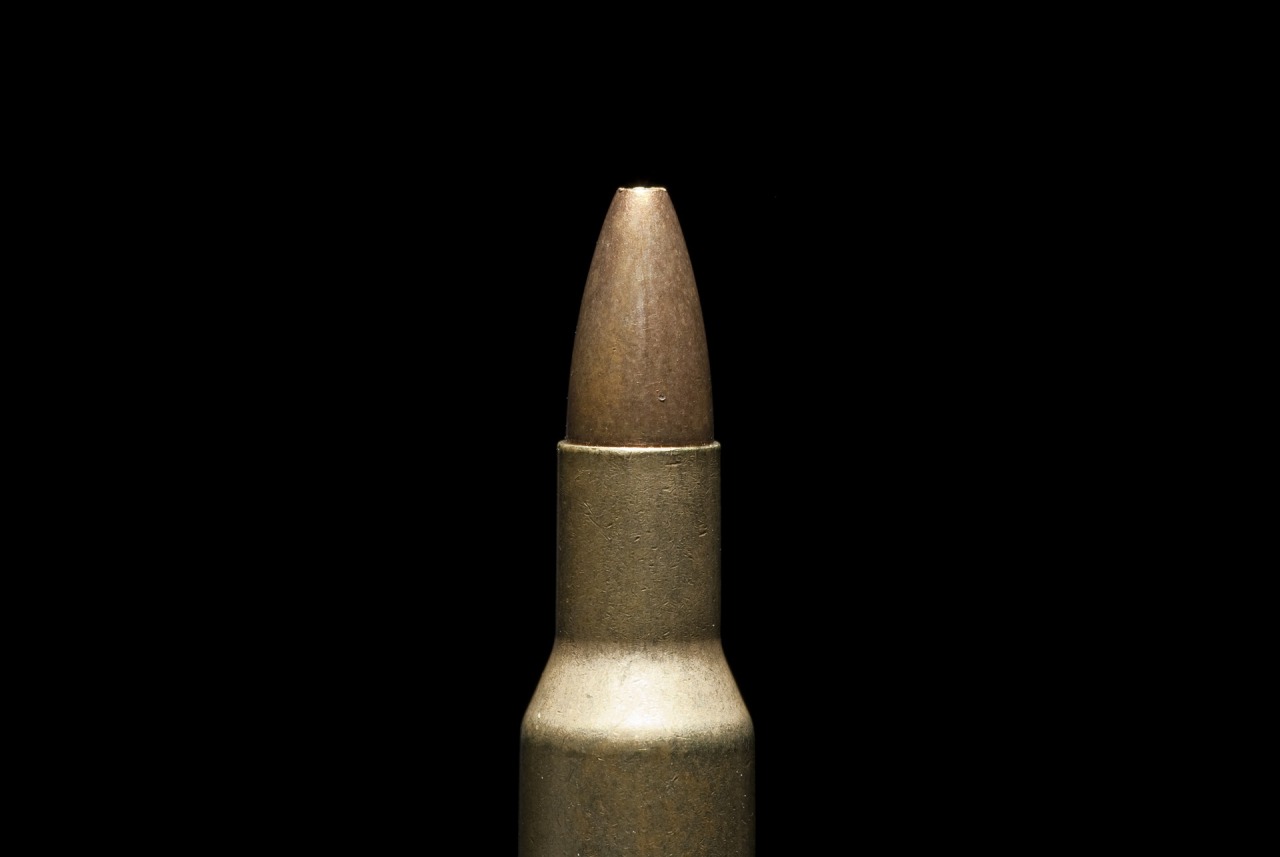ScriptMedic — Your Character’s Been Shot. Bullet In or Bullet...
https://scriptmedic.tumblr.com/post/160492516003/your-characters-been-shot-bullet-in-or-bullet

This post is sponsored by Kathleen A on Patreon! Thanks for your generous support!
(Want to become a sponsor? Consider donating at the Hematocrit level!)
I’ve gotten a lot of variations of this ask.
Does the bullet stay in? Does it get taken out? What are the consequences? What are the after effects?
“Lead poisoning” is a common ER and EMS term for someone getting shot. “What happened?” “Lead poisoning.” is a conversation between a medic and a nurse that would make 100% sense, even though the character is bleeding out on the stretcher.
But does leaving a bullet in lead to lead poisoning? As in, actual elevated levels of lead in the blood?
It depends!
First, the myth that the bullet must come out! is a Hollywood trope, based off of Civil War medicine. So let’s look at where that comes from.
The idea that the bullet has to come out typically comes from a mindset that the bullet is, by itself, inherently dangerous. And back in the Civil War, that was true, not because of the bullet but because of the wadding that stuffed the bullet into the musket.
See, it was infection, not lead poisoning, that made those gunshot wounds more dangerous, because the wadding was typically covered in bacteria – and injected directly into a wound. Removing the bullet would also allow the physic to remove the piece of cotton, and remove the source of the infection. (In the modern day we would call this source control.)
But these days, our typical GSW patient doesn’t have a wadded-up piece of cotton in the wound, and if they do, it’s something pulled in behind the bullet. It’s superficial, and easily picked out with tweezers forceps. So the infective risk of leaving bullets in place is actually pretty low.
In fact, in the modern era, doctors actually tend to leave a lot of bullets in place.
The typical process looks like this:
- The character gets shot (owies!) and goes to the hospital.
- The doctors (read: trauma team) will examine the wound and get x-rays or, more likely, a CT scan (NOT an MRI!)
- Actually, further research indicates that MRIs are safe with most bullet types, but docs tend to be conservative about this.
- The wound itself will be explored surgically, especially if it’s in the chest or the abdomen. If the docs happen to find the bullet along the way, they’ll remove it, but removal isn’t the goal, it’s repairing significant bleeds and organ damage, finding other things that might have been in the wound and evaluating the underlying tissue.
- If the bullet is in a location that’s risky to perform surgery to get to, such as the chest or the abdomen, the bullet will likely actually get left in place. The theory is that the risk of surgery outweighs the risk of leaving the bullet in place.
Similarly, if the bullet is in an extremity where surgery would be easy, but the bullet is close to a nerve or significant piece of vasculature, the bullet is likely going to be left in.
Really, removing the bullet is a matter of convenience, not of necessity.
But what about lead poisoning?
Ahhh, yes, lead poisoning. Where we started. Where we’ll finish.
Lead poisoning is surprisingly rare with gunshot wounds, even if the bullet is left in place.
The reason is this: the tissue will actually grow a capsule around the bullet and prevent the lead from leeching out into the bloodstream.
The only significant risk is if the bullet is lodged in the bone, and even then, it can take years for symptoms of lead poisoning to develop.
And if that DOES happen? Here’s the symptom list:
●Abdominal pain (“lead colic”)
●Constipation.
●Joint pains.
●Muscle aches.
●Headache.
●Anorexia. (Decreased appetite)
●Decreased libido.
●Difficulty concentrating and deficits in short-term memory.
●Irritability.
●Excessive fatigue.
●Sleep disturbance.
●Anemia.
●A “lead line,” a bluish pigmentation seen at the gum-tooth line, is the result of a reaction of lead with dental plaque.
●Confusion, seizures, and encephalopathy (brain swelling) can be seen with extremely high levels of lead.
And that’s all she wrote!
Thanks UpToDate! And THANK YOU Dr. N for your generous support!
xoxo, Aunt Scripty
Becoming a Patron lets you see the freaking future. Have you considered becoming a clairvoyant?